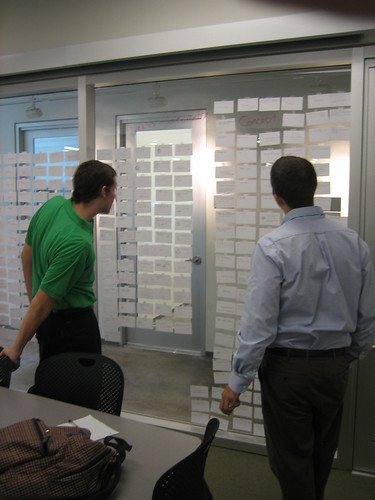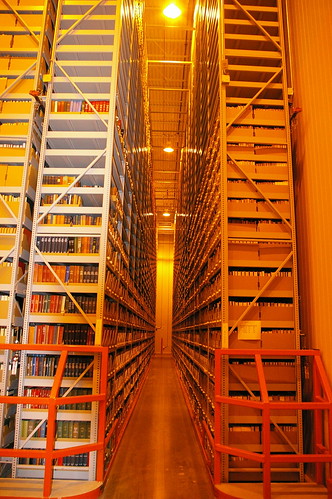On Monday, we began to make final decisions about materials and vendors for these materials. We spent a lot of time researching different suppliers online, and pricing different products. During this process, we realized that there were a lot of details about how our designs worked that we hadn’t yet decided on. This slowed down the process of selecting to what to buy, since we weren’t really sure how to make these decisions. We learned that there is less certainty in engineering design than we had originally thought. We continued this research on Tuesday, and also called different companies to gain more information about their products and services.
The Technology Entrepreneurship Workshop ran from Wednesday to Thursday, and was a 2 day “boot-camp” for people who are interested in starting their own businesses. The workshop not only involved the members of our Innovation Norway course, but also members of the community. The course covered everything from how to give an elevator pitch to how to write and business plan, and how to gain the interest of investors like venture capitalists and angel investors.
On Friday, we took a trip to Lowe’s in order to get a better idea of what different parts looked like in real life, since we had been looking at everything online. It was nice to be able to see what the different pieces of hardware were called and more specifically how they worked. Then, in order to increase our work efficiency, we divided up the tasks. Caleb and Rhodes went to Regal Plastics to check out the different options they had available, and Kristi and Nicole stayed behind and worked on finalizing the shopping list for materials.









